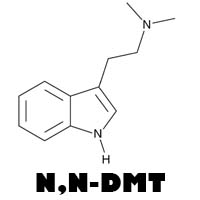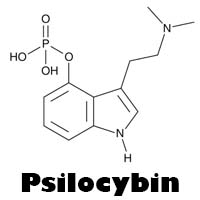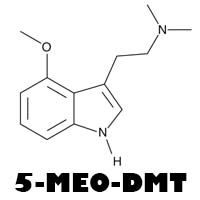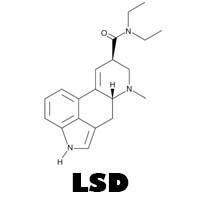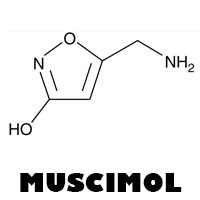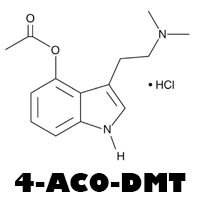How Psychedelics Work: A Deep Dive into the Brain
Psychedelics have long fascinated scientists and the general public alike for their profound effects on perception, cognition, and emotion. But how exactly do these substances work in the brain? In this blog post, we'll take a deep dive into the neurological mechanisms behind psychedelics and explore how they alter our consciousness.
The Basics: What Are Psychedelics?
Psychedelics, also known as hallucinogens, are substances that can induce changes in perception, mood, and cognitive processes. Common psychedelics include LSD, psilocybin (magic mushrooms), DMT, and mescaline. Despite their differences, these substances share common mechanisms of action in the brain.
Serotonin Receptors: The Key Players
Most classic psychedelics primarily interact with serotonin receptors in the brain, particularly the 5-HT2A receptor. Serotonin is a neurotransmitter that plays a crucial role in regulating mood, perception, and cognition.
1. Activation of 5-HT2A Receptors
When psychedelics bind to and activate the 5-HT2A receptors, they induce a cascade of changes in neural activity. This activation is believed to be responsible for the hallucinogenic effects and altered states of consciousness commonly associated with psychedelics.
Altered Brain Connectivity
Psychedelics are known to cause significant changes in the connectivity between different brain regions. Functional MRI (fMRI) studies have shown that psychedelics can increase communication between areas of the brain that typically do not interact, leading to a more interconnected and flexible brain state.
2. Default Mode Network (DMN)
The Default Mode Network (DMN) is a network of brain regions that is active when we are at rest and not focused on the outside world. Psychedelics have been found to decrease activity in the DMN, which is thought to contribute to the dissolution of the ego and a sense of unity with the universe often reported by users.
Neuroplasticity: Building New Connections
Emerging research suggests that psychedelics may promote neuroplasticity, the brain's ability to form new neural connections. This could potentially explain the long-lasting positive effects on mood and cognition observed in some psychedelic therapy studies.
3. Enhanced Synaptogenesis
Studies have shown that psychedelics can enhance synaptogenesis, the formation of new synapses between neurons. This increase in synaptic connections may underlie the therapeutic benefits of psychedelics in treating conditions like depression and PTSD.
Psychedelics and Consciousness
Psychedelics offer a unique window into the nature of consciousness. By altering the brain's normal patterns of activity, these substances can induce profound changes in perception, thought, and emotion, providing insights into the neural correlates of consciousness.
4. Altered States and Mystical Experiences
Many users report experiencing mystical or transcendental states under the influence of psychedelics. These experiences often involve a sense of interconnectedness, ego dissolution, and a feeling of being part of something greater than oneself. Understanding how psychedelics induce these states can help us explore the nature of human consciousness.
Conclusion
The study of how psychedelics work in the brain is still in its early stages, but the insights gained so far are promising. By understanding the mechanisms behind these substances, we can unlock new therapeutic potentials and deepen our understanding of the mind. As research progresses, psychedelics may offer revolutionary approaches to mental health treatment and consciousness exploration.
Suggested Images for the Blog Post
- Serotonin Receptors: Diagrams of serotonin receptors and their interaction with psychedelics.
- Brain Connectivity: fMRI images showing changes in brain connectivity under the influence of psychedelics.
- Default Mode Network (DMN): Illustrations of the DMN and its altered activity.
- Neuroplasticity: Diagrams or images depicting synaptogenesis and neural connections.
- Altered States: Artistic representations of mystical or transcendental experiences induced by psychedelics.
